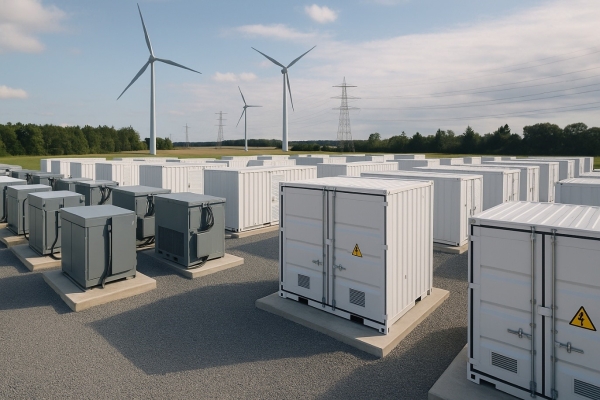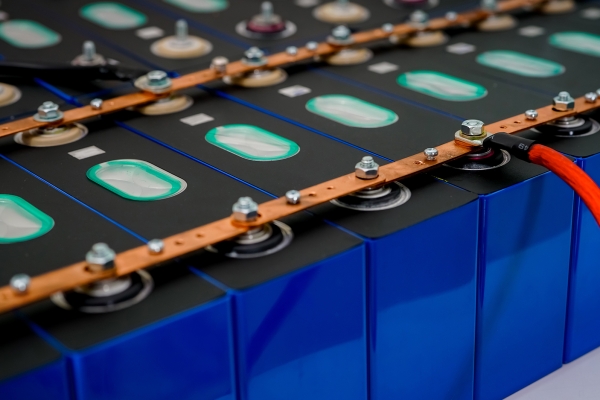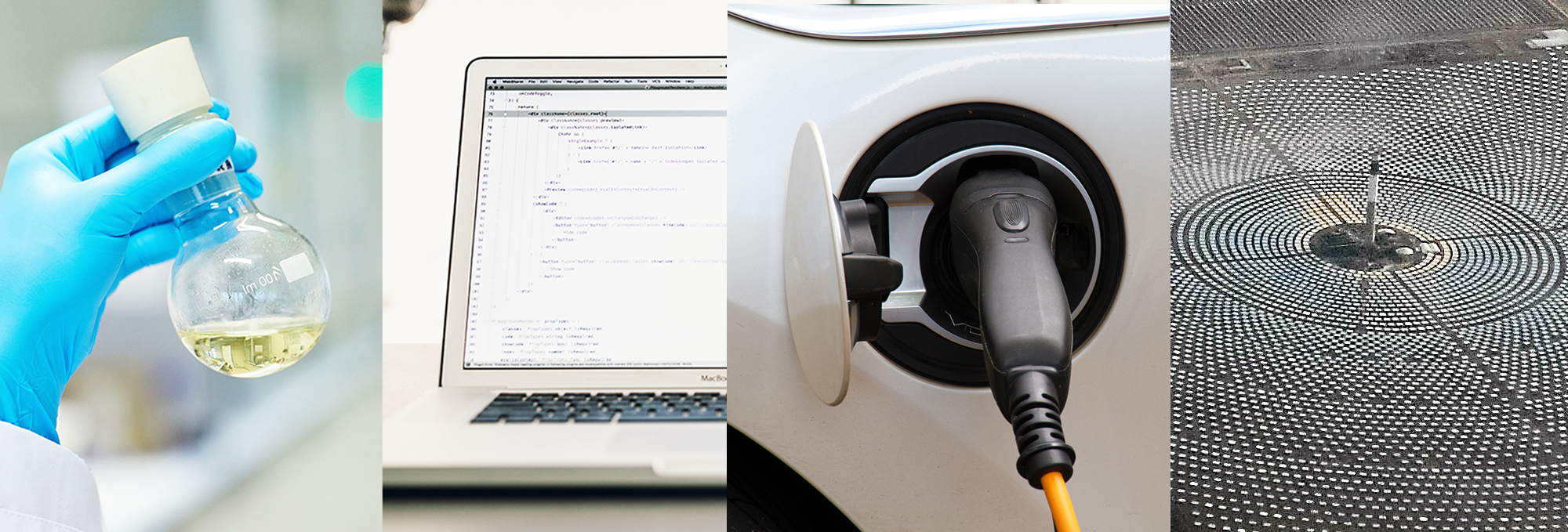Much of this innovation is coming from Asia and its key players in the industry. They are driven, above all, by their aim to dominate the huge market expected to be batteries and electric cars.
It is no coincidence that the latest big headlines are being made by companies such as BYD, one of the world´s leading electric car manufacturers. Last March, the company revolutionised the industry by presenting its ‘Super e-Platform’, which will be available in its ‘Han L’ and ‘Tang L’ models. The novelty in this case lies not so much in the top speed promised with this announcement (around 300 km/hour), but in one of the major concerns of many users: range and charging time. Faced with this challenge, the company promises its new platform up to 400 km in 5 minutes of recharging, figures unparalleled in the industry to date. If true, one of the greatest challenges of industry so far would be achieved: to bring the charging of an electric car almost to the same time it takes to fill up a tank of a conventional vehicle.
However, this technological milestone still raises questions in the sector. As we have already seen in previous blog posts, the question is not so much the charging times, but rather the impact that these charging speeds can have on the battery. In order to achieve this type of charging effectively, it is essential to ensure the life of the battery, as these speeds tend to extend degradation and life cycles. This is the big question that BYD has not yet made known to explain its ‘magic formula’ and which still raises some doubts among experts.
Blade batteries or CTP approach: different approaches based on conventional technologies
But this is not BYD´s only innovation in recent years. It also received as much prominence as its latest announcement in 2020, just before the pandemic, when it presented its so-called ‘Blade batteries’. This technology aims, according to BYD, to address the safety, efficiency and sustainability challenges faced by traditional batteries.
Unlike conventional prismatic or cylindrical cells, the Blade adopts an elongated and slim shape, which is mounted directly in the pack (Cell-to-Pack or ‘CTP’), eliminating intermediate modules. This is based on an existing technology well known to the industry as LFP chemistry.
The attractiveness of this approach soon caught the attention of competitors, who began to replicate it for their own product. Companies (mostly Asian) such as CATL, Gotion, Svolt or EVE have already come up with similar proposals.
However, as in the previous case, there are still doubts among industry insiders about the mass adoption of this approach. Especially in relation, again, to maintenance. As a more compact and integrated system, if a cell fails, access for repair may be complex or even unfeasible, which may lead to complete pack replacements rather than partial repairs. In addition, the removal of physical barriers between cells may increase the risk of propagation of thermal faults if not properly controlled.
Another key challenge is in thermal management. High cell density within the pack can make uniform cooling difficult, especially in configurations without advanced liquid cooling or thermal separation systems. Also, the battery management system (BMS) must be more sophisticated to monitor a larger number of cells and accurately balance loads. While the benefits of CTP are clear, these concerns underscore the need for meticulous design and robust technical solutions to ensure that efficiency does not compromise the safety, durability or sustainability of the system.
When the vehicle is the battery itself: the CTC proposal
CTP is not the only innovative approach in recent years. There are companies that have taken this proposal a step further, proposing the alternative known as ‘CTC’ or ‘Cell To Chassis’, which involves integrating the cells directly into the structure of the vehicle, making the battery part of the chassis.
Companies such as Tesla, BYD, NIO and Geely are working on this approach, which offers significant advantages by integrating the battery cells directly into the vehicle structure, eliminating the need for a separate battery pack. This enables significant weight savings, improves space efficiency and provides greater structural rigidity to the chassis, which can translate into improved vehicle dynamic performance. In addition, by making maximum use of the volume available on the floor of the car, longer ranges can be achieved without the need to increase the size of the battery pack. It also simplifies part of the assembly process by reducing the number of separate structural components.
However, it is precisely this integration that presents significant challenges. The main disadvantage is the complexity of repairs and maintenance: if a battery failure or structural damage occurs, the entire vehicle platform may need to be repaired, making repairs more expensive. The design also requires advanced impact safety precautions, as the battery is more exposed to deformation in the event of a collision. It also limits modularity and the ability to interchange batteries between different models, making flexible production or recycling difficult. Ultimately, the CTC approach requires comprehensive engineering from the ground up, which is only feasible on 100% new and highly optimised platforms.
All in all, and looking at just a few examples, it seems clear that the battery industry is in a moment of accelerated transformation, where technological advances are not only seeking to increase range or reduce charging times, but also to completely redefine the way batteries are designed, integrated and managed within the electric vehicle. For example, both CTP and CTC approaches represent a paradigm shift from the traditional modular model, prioritising structural efficiency, weight savings and space optimisation.
This race for full integration responds to a growing market demand: electric vehicles are more affordable, safer and more competitive with the internal combustion engine.
However, many of these innovations, as promising as they are, are still in the large-scale validation phase. As manufacturers implement these new systems, clearer answers will emerge about their viability in terms of durability, operating costs, recycling and maintenance. In the meantime, the spectacular announcements should be read with caution: behind every technical breakthrough is a series of open questions that only time, actual use and user experience will resolve. In that sense, the next great electric car revolution will depend not only on cell chemistry, but on the balance between innovation, reliability and sustainability.







